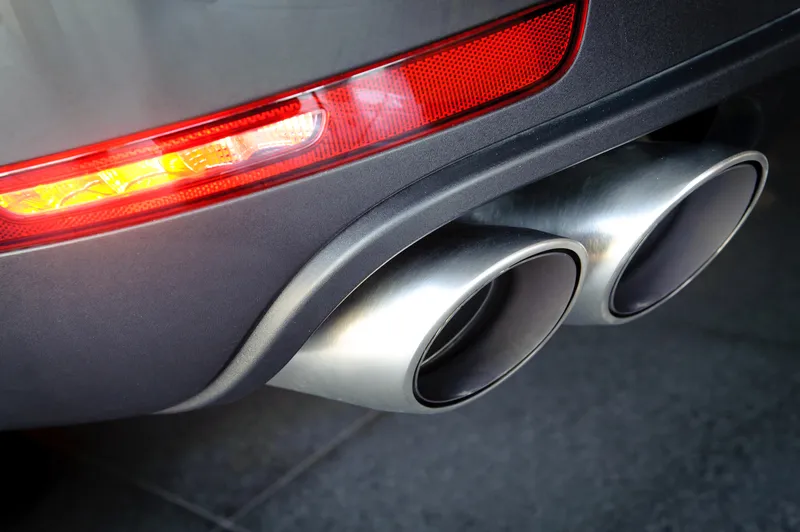In its comments to the National Highway Traffic Safety administration's (NHTSA) proposed rule to add sound to hybrid and electric vehicles, Global Automakers is asking the agency to find a noise level that effectively alerts pedestrians without being excessively loud. "Striking a balance is important," said Michael Cammisa, director of safety for Global Automakers, which represents international motor vehicle manufacturers, original equipment suppliers, and other automotive-related trade associations. "W
March 18, 2013
Read time: 2 mins
In its comments to the 834 National Highway Traffic Safety Administration's (NHTSA) proposed rule to add sound to hybrid and electric vehicles, Global Automakers is asking the agency to find a noise level that effectively alerts pedestrians without being excessively loud.
"Striking a balance is important," said Michael Cammisa, director of safety for Global Automakers, which represents international motor vehicle manufacturers, original equipment suppliers, and other automotive-related trade associations. "While we support the intent of the regulation to assist pedestrians, we have concerns that the current proposal may lead to alert sounds that are excessively and unnecessarily noisy to others inside and outside of the vehicle."
In 2010, Global Automakers worked with lawmakers, the National Federation of the Blind, the American Council of the Blind, and other auto industry groups on the Pedestrian Safety Enhancement Act which directed NHTSA to undertake this rule-making, which is intended to assist pedestrians in identifying the presence of hybrid and electric vehicles by requiring automakers to add sound to these quiet cars.
"As hybrid and electric cars have become more widespread, some of our members have already added noise alerts to these vehicles," said Cammisa. "We look forward to continuing to work with NHTSA and other stakeholders to improve these requirements before they are finalised."
"Striking a balance is important," said Michael Cammisa, director of safety for Global Automakers, which represents international motor vehicle manufacturers, original equipment suppliers, and other automotive-related trade associations. "While we support the intent of the regulation to assist pedestrians, we have concerns that the current proposal may lead to alert sounds that are excessively and unnecessarily noisy to others inside and outside of the vehicle."
In 2010, Global Automakers worked with lawmakers, the National Federation of the Blind, the American Council of the Blind, and other auto industry groups on the Pedestrian Safety Enhancement Act which directed NHTSA to undertake this rule-making, which is intended to assist pedestrians in identifying the presence of hybrid and electric vehicles by requiring automakers to add sound to these quiet cars.
"As hybrid and electric cars have become more widespread, some of our members have already added noise alerts to these vehicles," said Cammisa. "We look forward to continuing to work with NHTSA and other stakeholders to improve these requirements before they are finalised."









